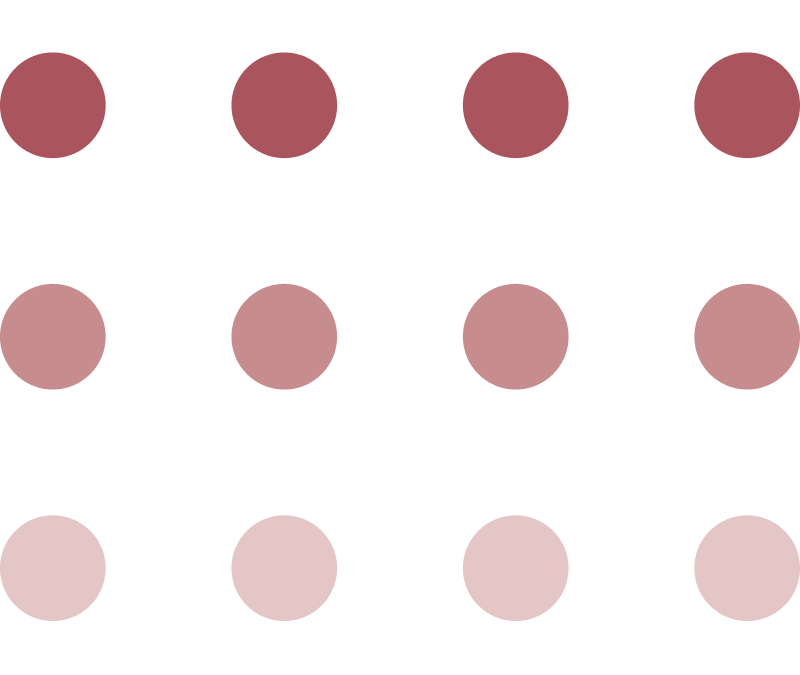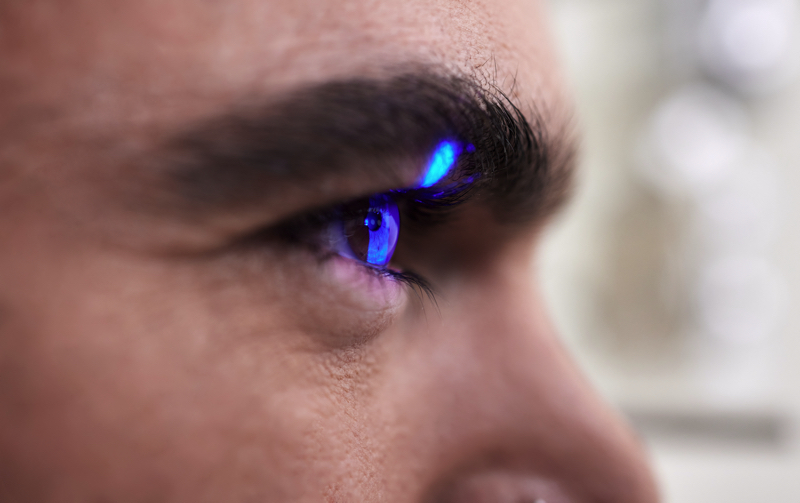Laser Eye Surgery
About the Treatment
Prior to treatment, the physician administers anesthetic eyedrops to the patient to numb the cornea. After the eye drops have had a chance to take effect, the patient is positioned in a comfortable chair centered underneath the laser and is asked to focus on a small bright light. Once the laser is properly aligned and the patient feels comfortable focusing, the actual treatment may begin. Depending upon the amount of correction required, the laser treatment itself takes about 15-40 seconds. The patient remains awake throughout the treatment. The treatment itself is painless, although the patient may notice a “gritty” sensation in the eye or some discomfort in the first 24-48 hours. Medication may be provided to minimize any discomfort. Typically, the patient will notice improved vision within 3-5 days and can usually resume normal activities in 1-3 days. Often patients prefer to be treated on a Thursday or Friday afternoon to reduce time away from work. Vision may fluctuate over the next few weeks, and usually stabilizes within three months.



LASIK
RK vs. PRK
PRK, or Photorefractive Keratectomy, does not include an incision on the cornea. Instead, an excimer laser carefully shapes or sculpts the corneal surface by ablating or removing tissue from the corneal surface. The thickness of tissue removed is often less than that of a human hair. Laser vision correction with PRK involves the removal of less than ten percent of the corneal tissue because the excimer laser is so precise. The end result is a re-sculpting of the cornea, allowing light to properly focus on the retina. PRK was studied in clinical trials for six years before approval in the United States. It uses a computerized laser to correct nearsightedness(myopia) and farsightedness(hyperopia).
Laser Vision Correction vs. Radial Keratotomy (RK)

Excimer Laser

LASIK
More Questions
How do I know if I'm a good candidate for laser vision correction?
How do I know if it's safe?
Can I afford the treatment?
What are the risks and side effects that I should be aware of?
Consult a Physician

